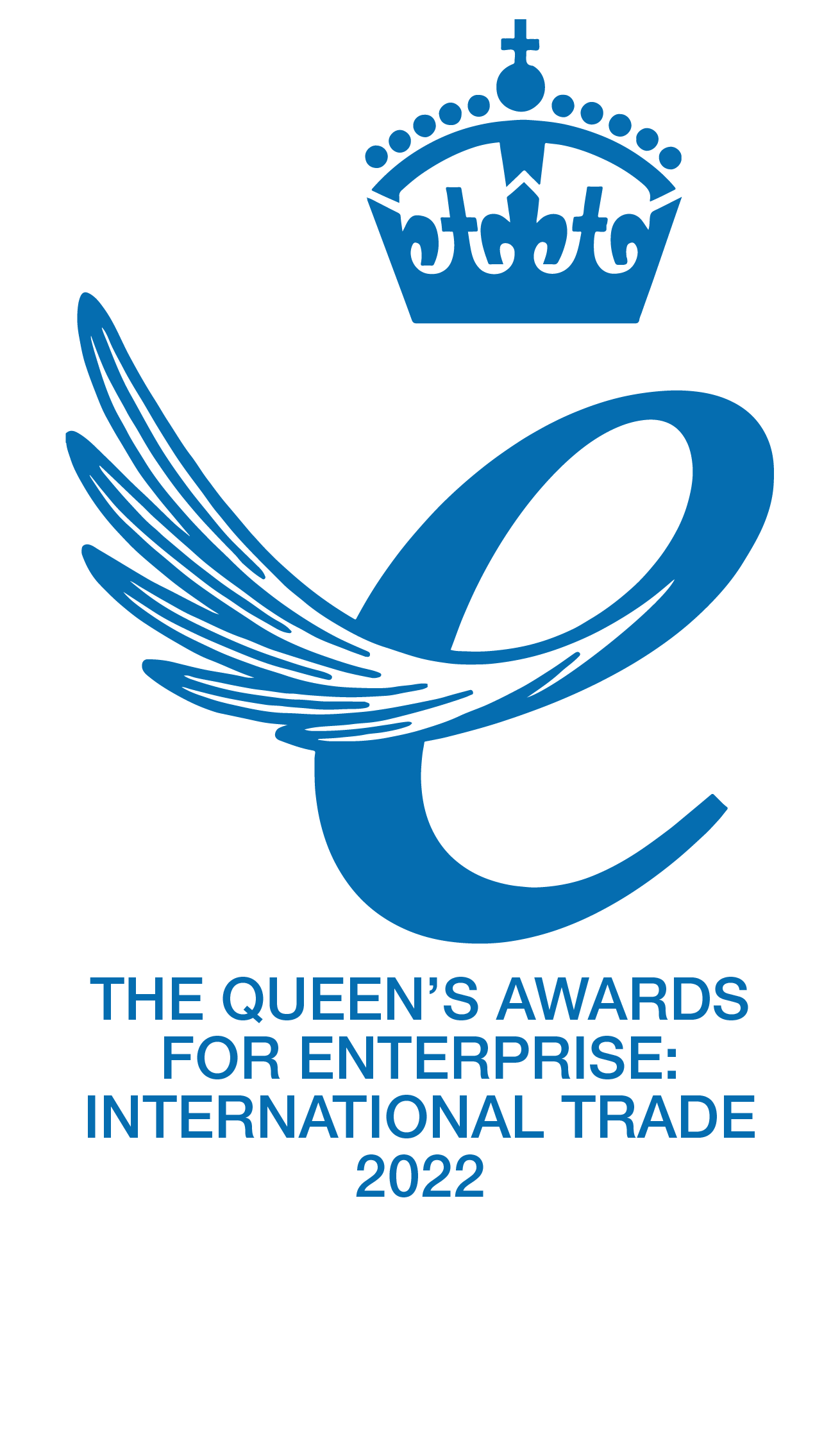If your asset costs over £1million, you have members of crew operating, who are priceless, and you are keen to keep your insurance premiums down, is it worth risking a fire?
In the UK we will all remember the sad event at Lakanal House in 2009, a tragic fire in a high rise building that killed 6 people and injured at least twenty. Financially, £3.5 million was spent on refurbishment. The Grenfell Tower disaster brought further tragedy when the 24-storey tower block caught fire in June 2017, leading to 72 fatalities, taking 24 hours to be brought under control resulting in damages between £200 million up to £1 billion (still being estimated). Grenfell was the deadliest structural fire since the Piper Alpha tragedy in 1988 which resulted in dramatic changes to the regulations offshore. It is anticipated that Grenfell will similarly result in changes made to the UK’s regulations once the inquiry, investigations and inquests are resolved (still ongoing at time of writing – February 2019). One of the root causes of both the Lakanal and Grenfell tragedies are still being discussed by national press today, the issue of risk and cost: that one must “invest to save” with fire protection. The saving is not just financial (approximately £200,000 to install sprinklers in high rise buildings vs millions of pounds for salvage and repair following a fire event), but also imperative to save invaluable human life too.
Let’s take the example of fire protection on a ship to work through the associated risks and costs in order to analyse why we must “invest to save”. Fires onboard ships are not rare events. In fact, fire remains the 2nd principal reason for loss of ships at sea. When at sea, the crew are required to become fire fighters in a fire event, yet this is not their primary role onboard. Ships tend to use fixed CO2 fire suppression systems because it is effective, and CO2 is a cheap agent. Therefore, often fire safety is treated as a tick-box exercise.
The danger of CO2 loss is highlighted by Carl Stephen Patrick Hunter, CEO of Coltraco Ultrasonics who has 30 years’ experience in the shipping and offshore industry: “We estimate that 20% of ships are sailing with a loss of CO2, due to high pressurisation leakage or accidental discharge. This inevitably means that the design concentration of the CO2 will be insufficient to control fire.”
Here are the key reasons why investing in effective, integrated fire protection systems, and in training the crew to inspect these systems is worthwhile:
- Once CO2 fire suppression systems are installed, it is mandatory to test the systems at least once a year by a certified marine servicing company
- What is less known is that the regulations also demand that the vessels must have “means shall be provided for the crew to safely check the quantity of the fire extinguishing medium in the containers” in between regulatory checks – IMO SOLAS FSS 2.1.1.3
- The reason for this is that CO2 is stored under high pressure. This means the agent can leak out the cylinder or accidentally discharge. If it leaks there may be insufficient agent to put out a fire event (scientifically speaking this means “below their design concentration”). So it is important to test the cylinders to ascertain the correct fill of CO2.
- Traditionally this has been ascertained by manual weighing which requires the system to be switched off, and thus not protecting the ship for the duration of inspection, then each cylinder has to be dismantled from the manifold, requiring two people to carry the cylinder (45KG CO2 fill usually) onto a weigh scale then returned and recoupled etc which can 15 minutes.
- Considering the average ship may have 600 cylinders, and a ship may only be in port for 4 hours, the need for speed is paramount to conduct rigorous inspection of each cylinder.
- Today you can use portable ultrasonic liquid level indicators, Portalevel® MAX, to check the fill level of agent takes one person and just 30 seconds. If weight is still the preferred result, a calculator can convert the level to weight in 30 seconds by an intuitive tablet app, the Portasteele® CALCULATOR.
For gaseous fire suppression systems, ensuring the agent will be held in the room for the correct amount of time to put out the fire means compartmentation testing is essential. This means that the room integrity of the compartment which the CO2 protects e.g. the engine room or paint lock compartments, must be tested. As you may know if the compartment lacks integrity it will not contain the CO2 on actuation, in the event of a fire, and if that occurs the high-temperature fire is unlikely to be extinguished. Alongside room integrity, the crew must also inspect for watertight integrity. One leading method of testing both room integrity and watertight integrity is the Portascanner® 520 portable ultrasonic compartment integrity indicator, able to identify a 0.06mm leak aperture with a tolerance of +/-0.02mm.
To invest is to save lives, cargo and vessel. Investing in fire safety will reduce risk, reduce downtime and costs from a fire event. By proving the ship owner’s or manager’s dedication to fire safety may also enable reduced premiums. The same can be said across the many market sectors the fire industry operates in worldwide.
KEYWORDS: CO2, Fire, Grenfell, Piper Alpha, Room Integrity, Compartmentation






